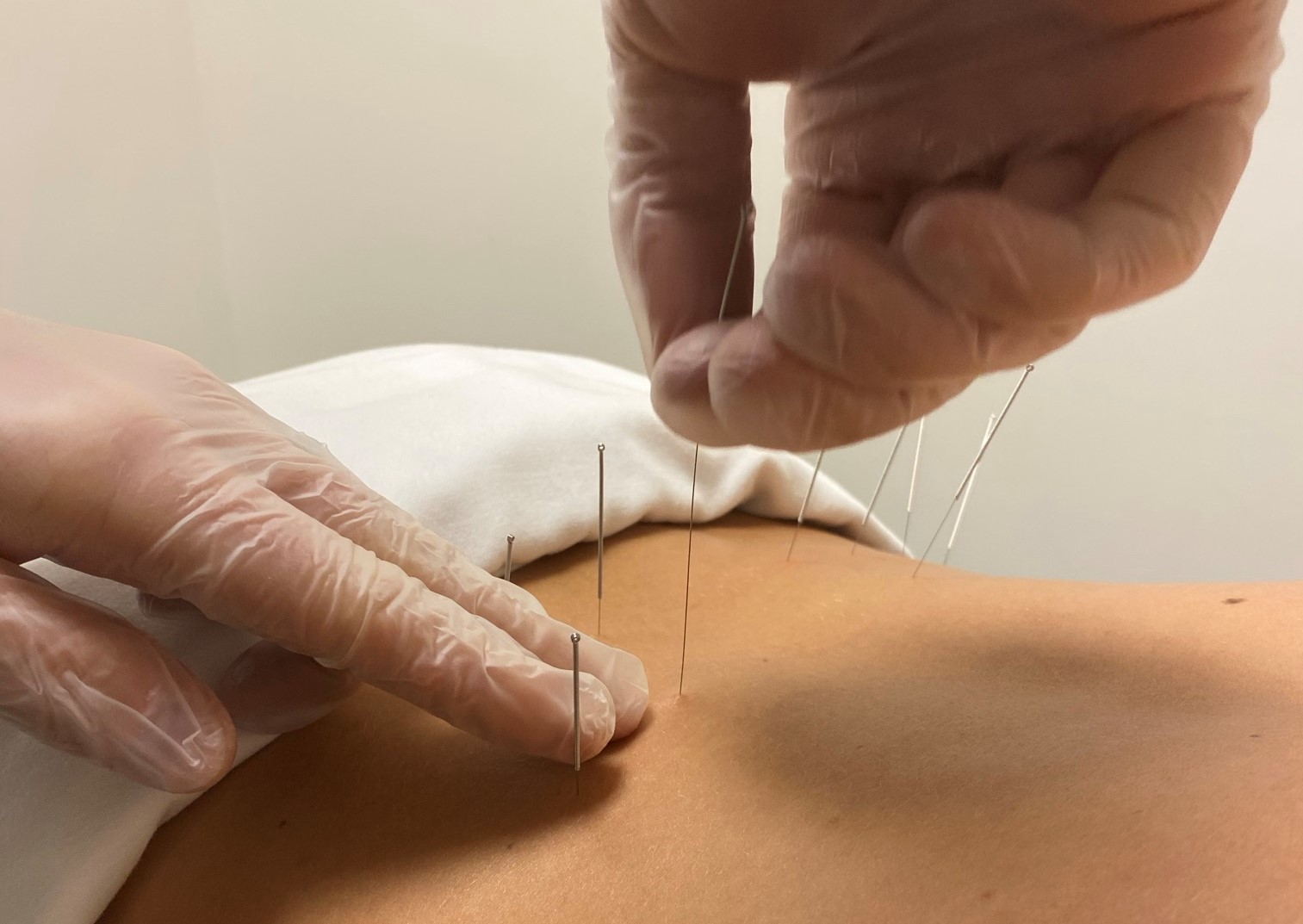Dry needling is a minimally invasive treatment for musculoskeletal pain that has been used for decades. It involves inserting thin, sterile needles into specific areas of the body to stimulate the healing process. While it can be an effective treatment for a variety of conditions, it’s important to understand the potential benefits as well as the contraindications. Here you can find the best Dry Needling Therapy in Edmonton.

Image Source=Google
The benefits of dry needling include reduced pain, improved range of motion, and increased circulation. It can also be used to break up scar tissue and improve the flexibility of muscles and joints. Additionally, it can be used as an adjunct therapy to other treatments, such as physical therapy, massage, and chiropractic care.
However, there are some contraindications for dry needling. People with certain medical conditions, such as bleeding disorders, should not use dry needling. Additionally, it is not recommended for pregnant women or people with certain heart conditions. It is important to discuss any potential risks with your doctor before undergoing the procedure.
Overall, dry needling can be an effective treatment for musculoskeletal pain. It is a safe and minimally invasive procedure that can be used in conjunction with other treatments to provide relief from chronic pain. However, it’s important to understand the potential benefits and contraindications before undergoing the procedure.
Dry Needling is a technique used to alleviate pain and improve performance. It involves inserting a small needle into the muscles, tendons, and ligaments to release tension and stimulate nerve endings. Dry needling can be used to treat a wide range of conditions, including chronic pain, headaches, neck and shoulder pain, sciatica, plantar fasciitis, tendinitis, and muscle spasms. It can also be used to improve range of motion and strengthen weak muscles.